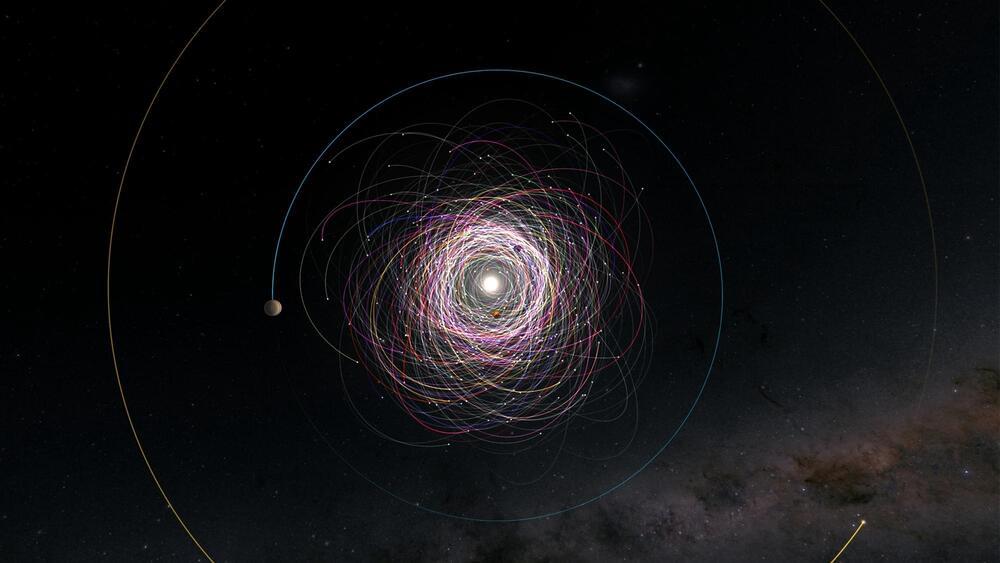On October 10, the European Space Agency (ESA) published some interim data from its nearly a decade-long Gaia mission. The data includes half a million new and faint stars in a massive cluster, over 380 possible cosmic lenses, and the position of over 150,000 asteroids within the solar system.
[Related: See the stars from the Milky Way mapped as a dazzling rainbow.]
Launched in December 2013, Gaia is an astronomical observatory spacecraft with a mission to generate an accurate stellar census, thus mapping our galaxy and beyond. A more detailed picture of Earth’s place in the universe could help us better understand the diverse objects that make up the known universe.
